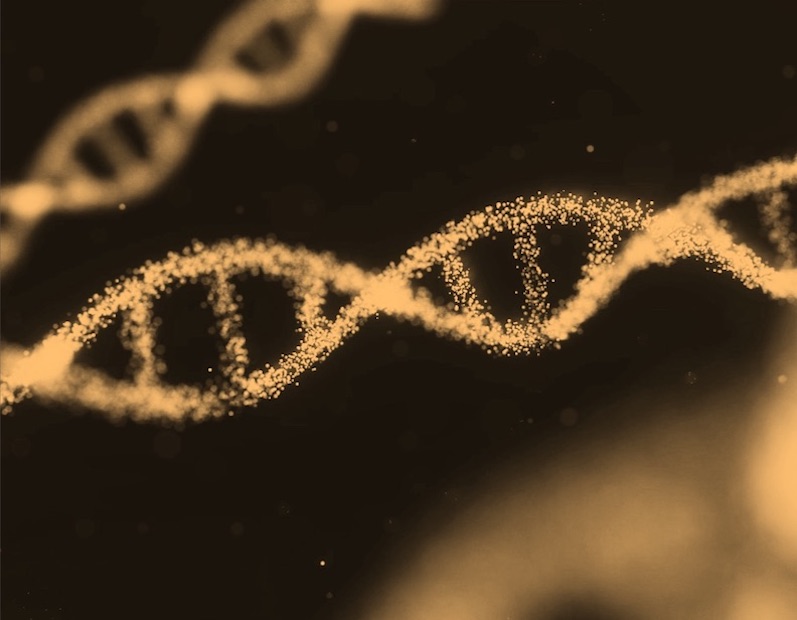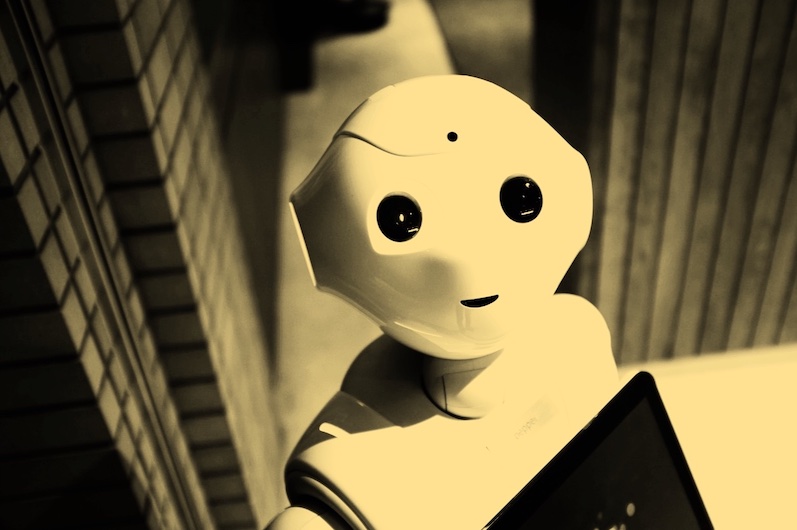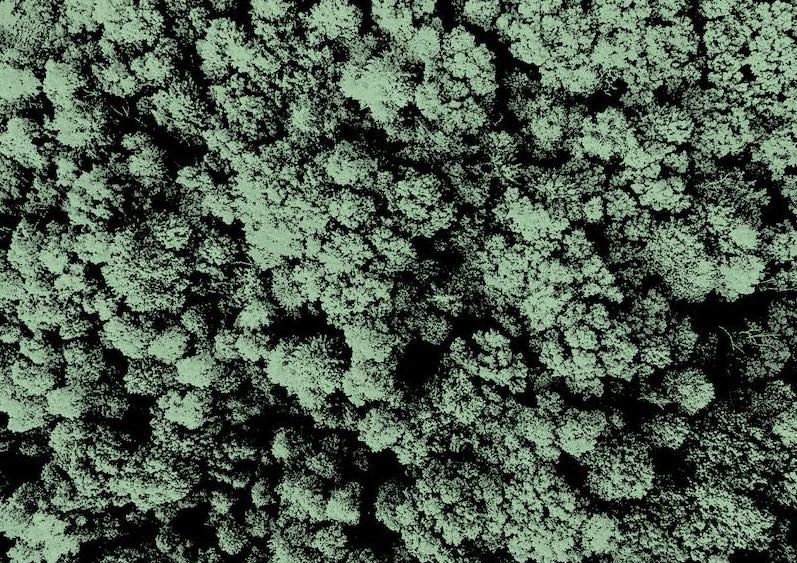What is it about?
An extra-energy shift between emitted and received radiation in a rotating system – next to the conventionally recognized second order Doppler shift – has been revealed in a series of recent Mössbauer experiments, where a radioactive source is fixed at the center and an absorber is attached to the rim of the rotating disc. This disclosure gives indication to a possible violation of the “clock hypothesis” by Einstein; i.e., the independence of the rate of a clock on its acceleration. At the moment, there seem to be two plausible interpretations of this result: 1) the deviation of the geometry of the rotating system from that predicted by GTR, or 2) the existence of a specific maximal acceleration in nature when transformation between two accelerated frames differs from the corresponding transformation of the relativity theory. We take a closer look at both ways leading to the violation of the clock hypothesis; particularly by analyzing the outcomes of recent experiments in rotating systems, and by suggesting a new Mössbauer rotor experiment to determine a most feasible mechanism for testing the dependence of the rate of a clock on its acceleration.
Featured Image
Read the Original
This page is a summary of: Einstein’s “Clock Hypothesis” and Mössbauer Experiments in a Rotating System, Zeitschrift für Naturforschung A, November 2018, De Gruyter,
DOI: 10.1515/zna-2018-0354.
You can read the full text:
Contributors
The following have contributed to this page







